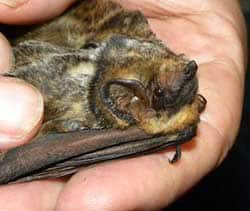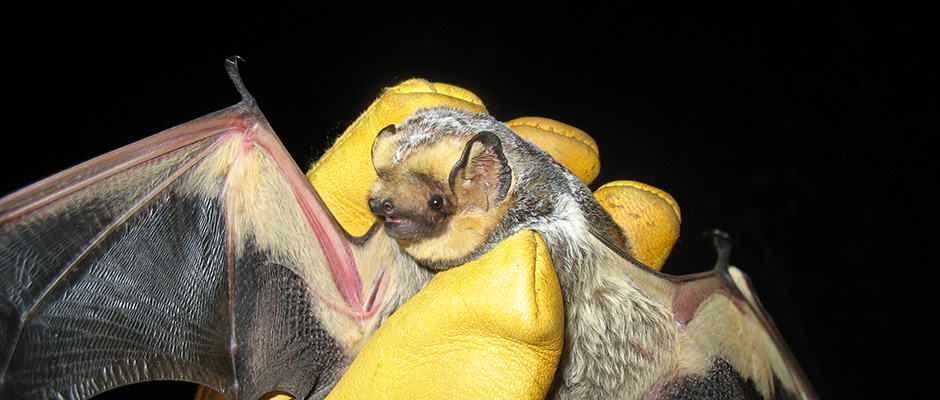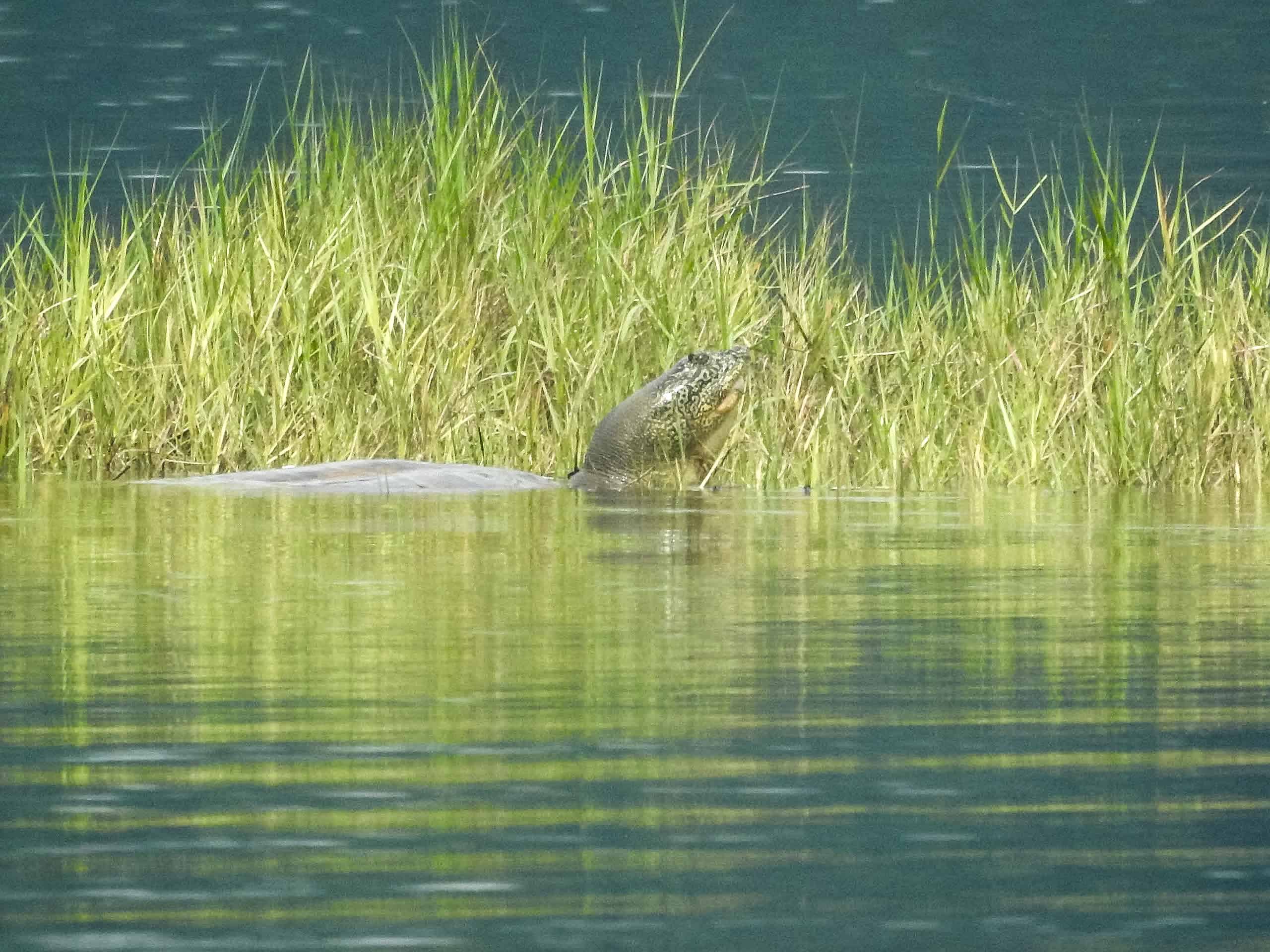Share this article
Researchers Trace Hawaiian Hoary Bat Origins
A new discovery related to Hawaii’s only living native land mammal might mean some revisions regarding how it’s protected under the Endangered Species Act.
In a recent study published in PLOS ONE, researchers in Michigan found that the hoary bat (Lasiurus cinereus), which is listed as endangered in Hawaii, migrated to the Hawaiian islands in two separate waves more than 9,000 years apart.

The smaller hoary bat found in Hawaii is pictured above. Researchers found that this hoary bat is genetically different from the other, larger hoary bat that’s found in Hawaii.
Image Credit: Frank Bonaccorso
“The research suggests to the U.S. Fish and Wildlife Service and other regulatory agencies that perhaps we should be treating the bats with different lineages as two distinct conservation units,” said Amy Russell, an associate professor of biology at Grand Valley State University and lead author of the study. “This means monitoring them as two distinct units and regulating them as two distinct units.”
While hoary bats, which typically roost in trees and stay by themselves or in pairs, are found throughout the Americas and even in the Galapagos Islands, Russell said people were noticing two distinct morphologies in the bats in Hawaii. One population of bats in the state is similar to ones found on the mainland and are the biggest of the North American bats, Russell said. These bats have fur that is frosted grey on the tips. The other population is significantly smaller and has redder-colored fur.
“We had a question as to when they got to Hawaii and how many times they migrated here and whether or not the morphologies represent two different dispersals to Hawaii,” Russell said. “We also wanted to find out where they came from, whether it is North or South America.”
To do that, the researchers collected samples of wing tissue from live bat specimens before releasing the bats. They also collected specimens from the Bishop Museum in Hawaii and the American Museum of Natural History, the latter of which had South American samples that they were able to use.
The team then sequenced mitochondrial and nuclear DNA for the samples and completed phylogenetic analyses — making tree diagrams from the data to determine how the bats are related to one another. “What we showed was pretty conclusive,” Russell said. “The Hawaiian bats came from North America and not South America.”
The data also showed that the two morphologies were distinct from one another, according to Russell. The larger, greyer, hoary bat ended up being closely genetically related to the North American mainland hoary bat. “The smaller hoary bats were their own thing, genetically,” she said. Further, the data suggest that the bats migrated to the islands in two separate waves — the earlier migration occurred about 10,000 years ago while the second one occurred about 800 years ago.
While the team found these genetic differences, Russell said there is not enough data for her to feel comfortable recommending taxonomic changes. However, she hopes regulatory agencies like FWS use the data when considering how to protect the bats that are all currently grouped under the same taxonomy.
“They are in the process of revising the species conservation plan,” she said. “I’m hoping they’ll take the genetic evidence into account when they come up with that revision.”
Header Image:
This mainland hoary bat fits in the palm of a hand. In a recent study, researchers traced the origin of the bats in Hawaii and found that there are two distinct genetic lineages of the species in Hawaii — one very similar to the mainland species.
Image Credit: Paul Cryan








